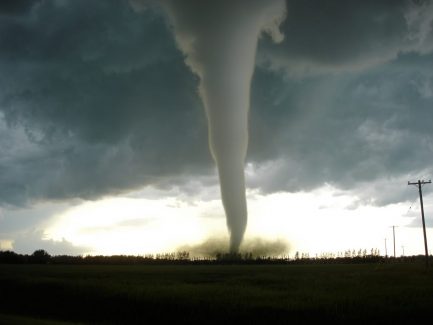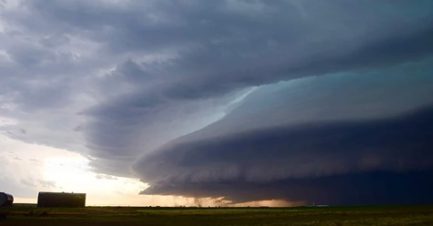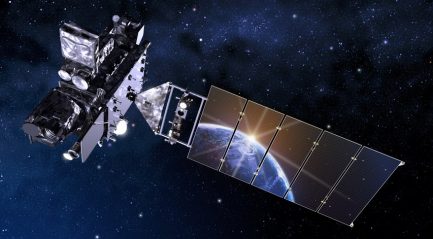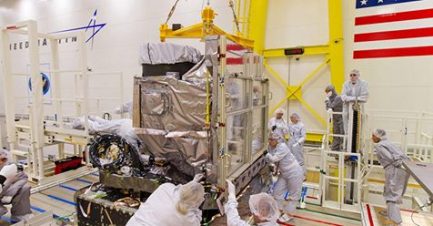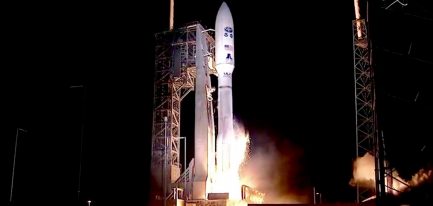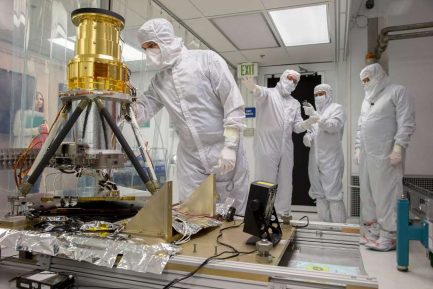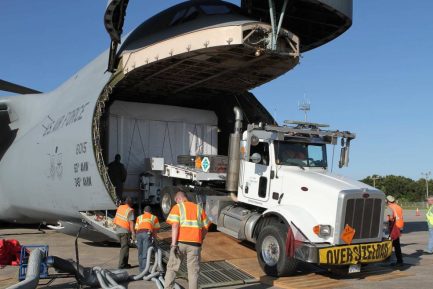The United States experiences more tornadoes than any other country, with a season that peaks in spring or summer depending on the region. Tornadoes are often deadly, especially in places where buildings can’t withstand high winds. Accurate advanced warnings can save lives. A study from the University of Washington and the National Oceanic and Atmospheric…
Weather Service tells Congress radar gaps don’t hurt warning accuracy, but outside scientists disagree
Weather forecasters around the country strive to warn communities in advance of every tornado that touches down, each flash flood that is about to occur and each winter weather event. One of the most reliable and costly tools at a meteorologist’s disposal for issuing watches and warnings is a network of 159 Doppler radars across…
GOES-17 instrument problem blamed on blocked heat pipe
WASHINGTON — A report released Aug. 1 concluded that a problem with an instrument on the GOES-17 weather satellite is likely caused by some kind of blockage in a system used to cool the instrument. NASA and the National Oceanic and Atmospheric Administration released a summary of the final report by a mishap investigation board…
GOES-17: America’s Advanced New Weather Satellite Is Still Not Working Properly
The National Oceanic and Atmospheric Administration (NOAA) has announced that its next-generation weather satellite GOES-17 is still not functioning properly, although engineers have made some progress toward restoring performance. GOES-17 was launched in March and forms a key part of an $11 billion project to revolutionize American weather and environmental forecasting abilities, along with another…
GOES-R heads to orbit, will improve weather forecasting
November 19, 2016 GOES-R, the first of NOAA’s highly advanced geostationary weather satellites, lifted off from Cape Canaveral, Florida, at 6:42 p.m. EST today. The satellite will boost the nation’s weather observation network and NOAA’s prediction capabilities, leading to more accurate and timely forecasts, watches and warnings. In about two weeks, once GOES-R is situated…
Lockheed satellite system aids tornado, sun storm warnings
Weather forecasters can now provide about 15 minutes of warning before a tornado hits an area, but an advanced satellite detection system developed in Palo Alto could increase that to 30 minutes. The Geostationary Lightning Mapper, developed by aerospace giant Lockheed Martin, is scheduled to go into orbit aboard a National Oceanic and Atmospheric Administration…
NOAA’s GOES-R Arrives at NASA Kennedy for Launch Processing
NOAA’s GOES-R satellite arrived at NASA’s Kennedy Space Center Shuttle Landing Facility from Lockheed Martin Space Systems, Littleton, Colorado, on Aug. 22 aboard a U.S. Air Force C-5 Galaxy cargo jet. After its arrival, the GOES-R spacecraft was pulled from its shipping container, and has since undergone additional testing and preparation for encapsulation on top…

